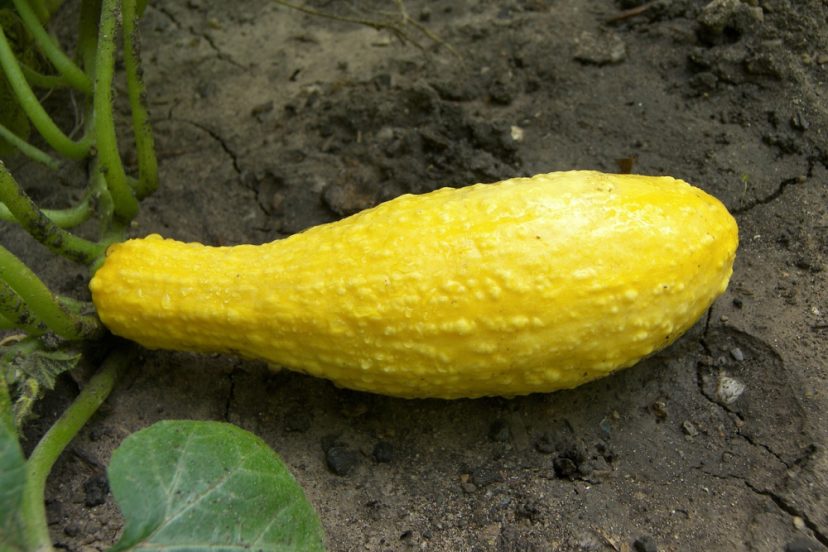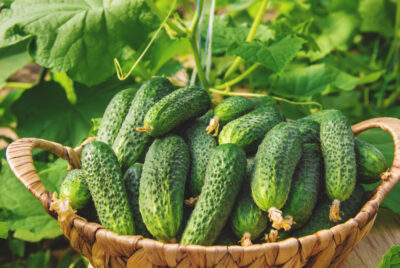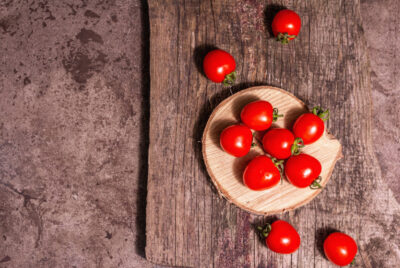Understanding Yellow Squash With Bumps on Skin (bumpy yellow squash)
Introduction to Growing Yellow Squash
In my garden, one of the most curious and delightful plants I grow is yellow squash, particularly varieties like crookneck and straightneck, known for their distinctive bumps- bumpy yellow squash.
Characteristics of Popular Bumpy Yellow Squash Varieties
Crookneck and straightneck squash are popular in home gardens. These varieties often display pronounced bumps, adding a unique texture to their appearance.
Nutritional Benefits from the Garden
Whether it’s crookneck or straightneck, these squashes are nutritional treasures, providing a wealth of vitamins A, C, B6, and minerals like magnesium and potassium.
Identifying Bumps on Homegrown Yellow Squash
Those bumps on the squash skin often lead to questions. Are they simply quirky or a cause for concern?
Common Causes of Bumps in Garden Squash
While these bumps are usually natural, gardeners should be aware of other potential causes. These can include insect damage or nutrient deficiencies in the soil, which I’ve learned through my reading and gardening communities.
When to Be Concerned in the Garden
If the bumps are accompanied by signs of decay or an unusual texture, it might indicate issues such as pest infestations or diseases, something I’ve had to manage in my own garden at times.
Choosing and Harvesting the Best Yellow Squash in the Garden
Selecting the right squash for harvesting is an art I’ve honed over the years.
Tips for Harvesting Squash in Your Garden
When harvesting, I look for firm, vibrantly colored squash. The bumps should be consistent with the variety’s natural texture.
Checking for Garden Freshness
A garden-fresh squash should have a glossy, vibrant skin and feel firm and weighty.
Preparing and Cooking Garden-Grown Bumpy Yellow Squash
Let’s turn our garden produce into delectable dishes.
Washing and Cleaning Garden Squash
Wash the squash thoroughly, gently scrubbing around the bumps to remove any garden residues.
Simple and Delicious Recipes from the Garden
I love experimenting with recipes, from grilling to incorporating them into salads and casseroles.
Storage and Preservation Tips for Garden Squash
Storing your squash correctly is as important as growing it.
Short-Term Storage of Garden Squash
For short-term, I store my squash in a cool, dry place, or in the fridge if I plan to use it within a few days.
Long-Term Preservation Methods for Garden Squash
For long-term storage, blanching and freezing have proven effective, maintaining their taste and nutritional value.
Health Benefits of Garden-Grown Yellow Squash
The health benefits of these squashes are a major reason I grow them.
Nutritional Value from the Garden
These squashes are not just low in calories but also rich in antioxidants.
Dietary Importance of Homegrown Squash
Incorporating these into your diet can aid in digestion and improve eye health, among other benefits.
Understanding Luffa Squash: Beyond Scrubbing Uses
While luffa squash is often associated with natural scrubbers, young luffa can actually be cooked and eaten, offering a unique culinary experience.
Common Misconceptions About Bumps on Garden Squash
A common gardening myth is that bumps indicate a problem, but they’re often natural, especially in certain varieties like crookneck and straightneck.
Conclusion
In closing, understanding the nuances of growing yellow squash, particularly varieties with bumps like crookneck and straightneck (bumpy yellow squash), is part of the joy and challenge of gardening. While bumps are often natural, keeping an eye out for signs of pests or nutrient deficiencies is crucial. And don’t forget about the versatility of squashes like the luffa, which can be more than just a scrubber in its young form. Happy gardening and culinary adventures with your homegrown squash!



